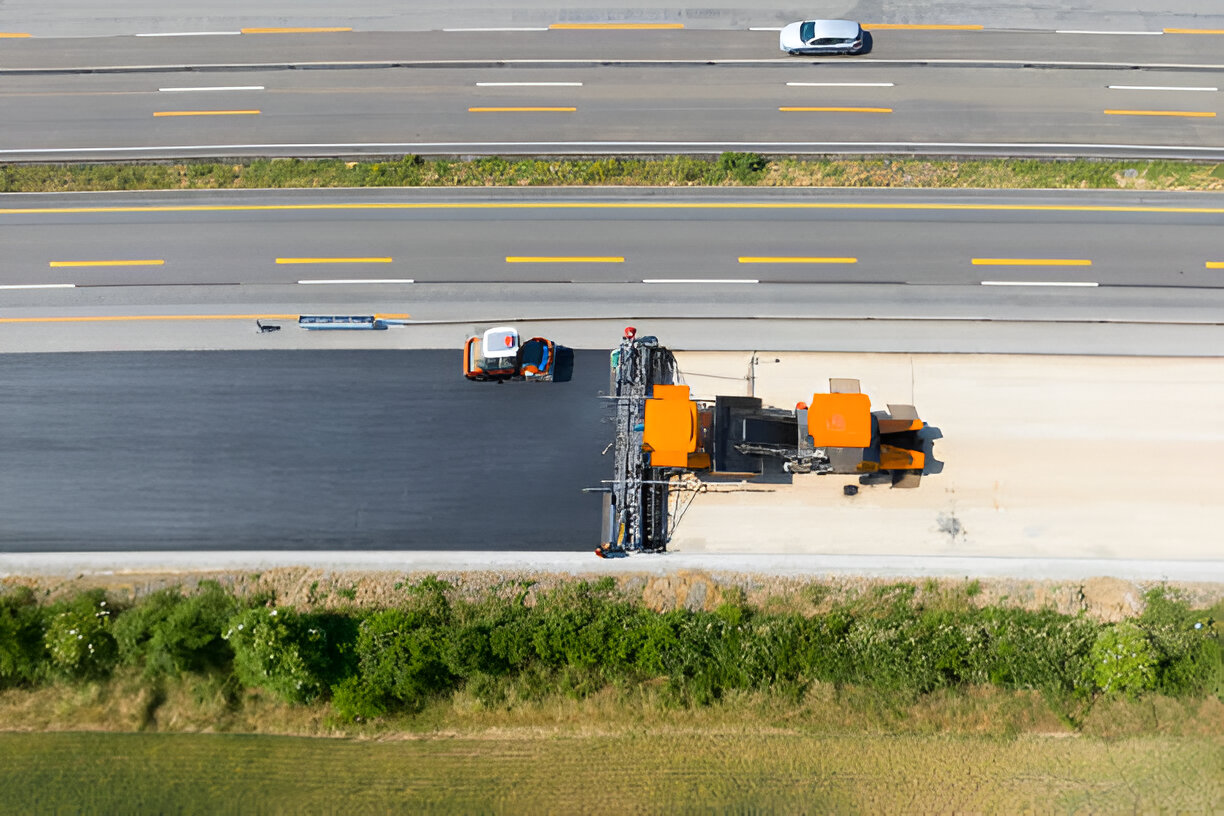India’s growing infrastructure demands innovative solutions to maintain and improve
its vast network of roads and highways. With urbanization and increased vehicular
traffic, traditional road maintenance techniques often fall short of delivering long-
lasting results. Micro surfacing has emerged as a game-changer in road
maintenance, providing a durable, cost-effective, and eco-friendly solution for
enhancing road conditions.
This blog explores the concept of micro surfacing, its benefits, applications, and how
it is revolutionizing road maintenance in India.
What is Micro Surfacing?
Micro surfacing is an advanced road maintenance technique that involves applying a
mixture of polymer-modified asphalt emulsion, water, fine aggregate, and chemical
additives to a road surface. This method addresses minor surface distresses,
improves ride quality, and extends the road’s lifespan without the need for extensive
reconstruction.
Developed as an upgrade to traditional slurry seal techniques, micro surfacing is
designed to cure quickly, making it suitable for high-traffic roads where minimal
downtime is essential.
Benefits of Micro Surfacing in India
- Cost-Effective Maintenance
Micro surfacing is significantly more affordable than complete road reconstruction.
By addressing surface issues early, it prevents further deterioration, reducing the
need for expensive repairs in the future. - Quick Application and Minimal Traffic Disruption
One of the standout features of micro surfacing is its rapid curing time. Roads can be
reopened to traffic within hours of application, minimizing inconvenience for
commuters and ensuring smoother traffic flow. - Enhanced Safety and Skid Resistance
The fine aggregate in the micro surfacing mixture provides a textured surface,
improving grip and reducing the risk of skidding, especially during rainy seasons. - Environmentally Friendly
Micro surfacing uses fewer resources compared to traditional methods and reduces
the carbon footprint by recycling existing road materials. This makes it a sustainable
choice for road maintenance. - Prolonged Road Lifespan
By sealing cracks and preventing water penetration, micro surfacing protects the
underlying layers of the road, increasing its durability and reducing wear and tear.
Applications of Micro Surfacing in India
Micro surfacing is highly versatile and can be applied across a range of road types:
- Highways and Expressways: Ensures smooth and durable surfaces for
high-speed traffic. - Urban Roads: Addresses surface cracks and enhances the appearance of
city roads. - Airports: Used for runway maintenance to ensure safe landing and takeoff
conditions. - Cycle Tracks and Pedestrian Paths: Provides a skid-resistant and
aesthetically pleasing surface for non-motorized traffic.
Micro Surfacing: A Boon for Indian Infrastructure
India faces unique challenges in maintaining its roads due to extreme weather
conditions, heavy traffic, and diverse terrain. Micro surfacing offers a solution tailored
to these challenges by delivering long-lasting results with minimal disruption.
Municipalities, highway authorities, and contractors across the country are
increasingly adopting this technique to improve road conditions efficiently.
Conclusion
Micro surfacing is transforming road maintenance in India by offering a modern,
sustainable, and effective solution for prolonging road life. Its quick application, cost-
effectiveness, and safety benefits make it an essential tool in addressing the
country’s road maintenance challenges.
As India’s infrastructure continues to expand, embracing advanced techniques like
micro surfacing will be crucial to building a robust and resilient road network.

